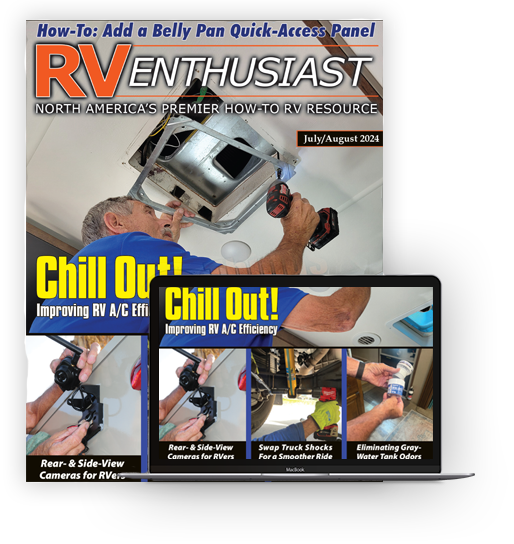Under Pressure
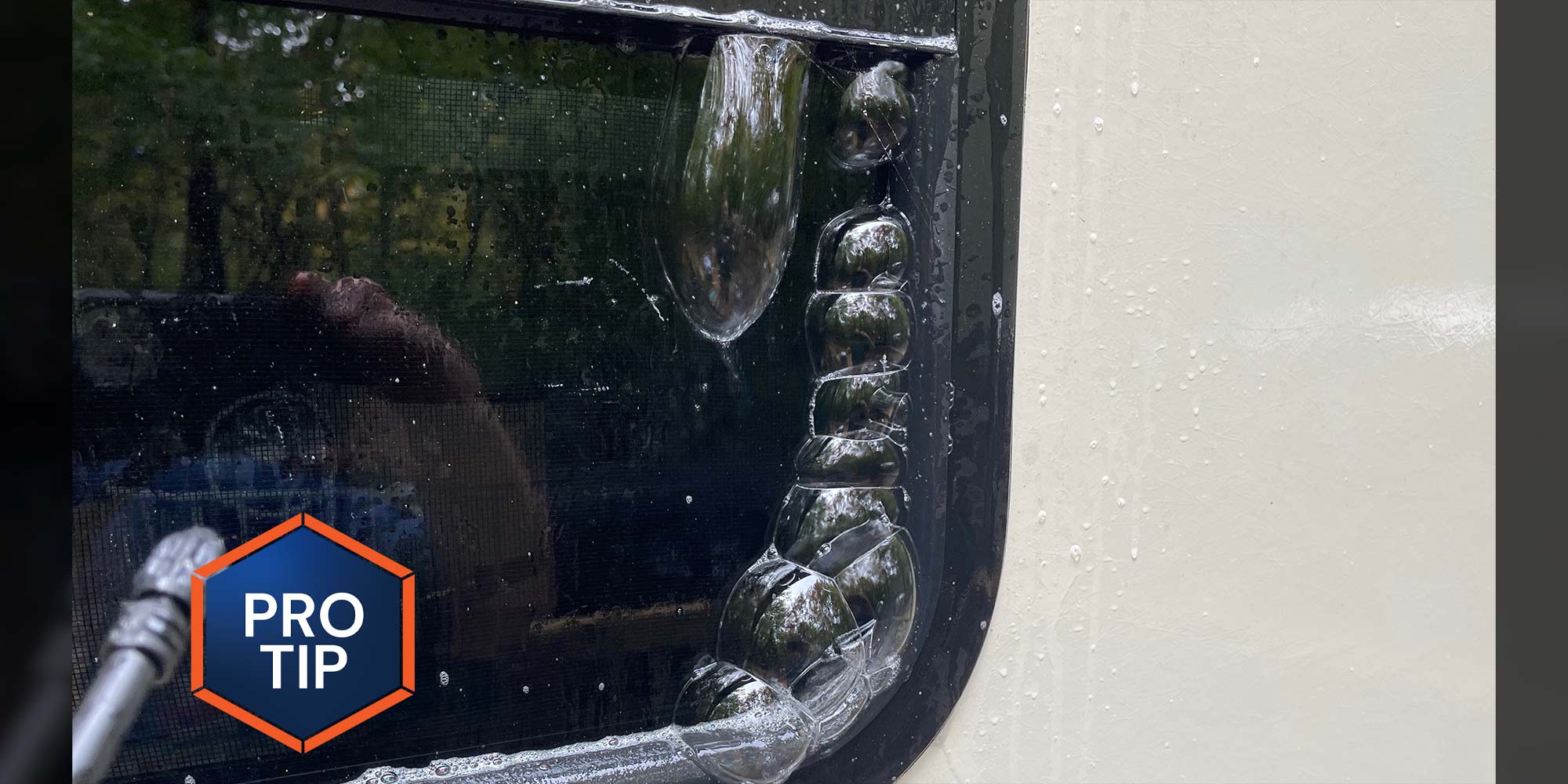
The value of knowing this can’t be overstated. It can be argued that an RV’s greatest enemy is water. RV owners are always deeply disappointed and surprised when they’re told by a service provider that the damage they’re seeing is from a leak, which is not covered by warranty or insurance, and will cost thousands of dollars to repair.
Just about all RV manufacturers limit their liability when it comes to leak damage. Some RVs even have stickers reminding the owner that the roof and body seals must be inspected and maintained at least every few months.
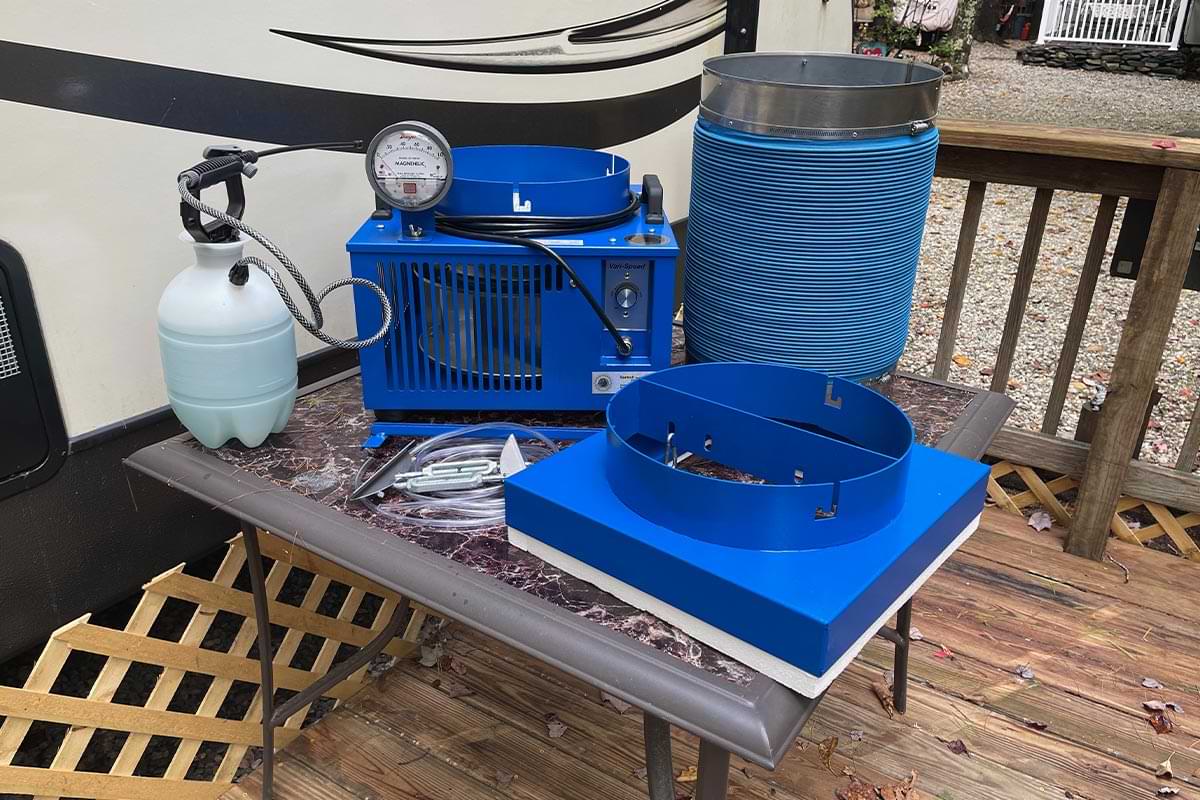

Meanwhile, a technician sprays a soapy solution around all potential leak points, from roof-mounted components to windows and even taillight assemblies, while looking for tell-tale bubbles caused by leaking air foaming around the solution.
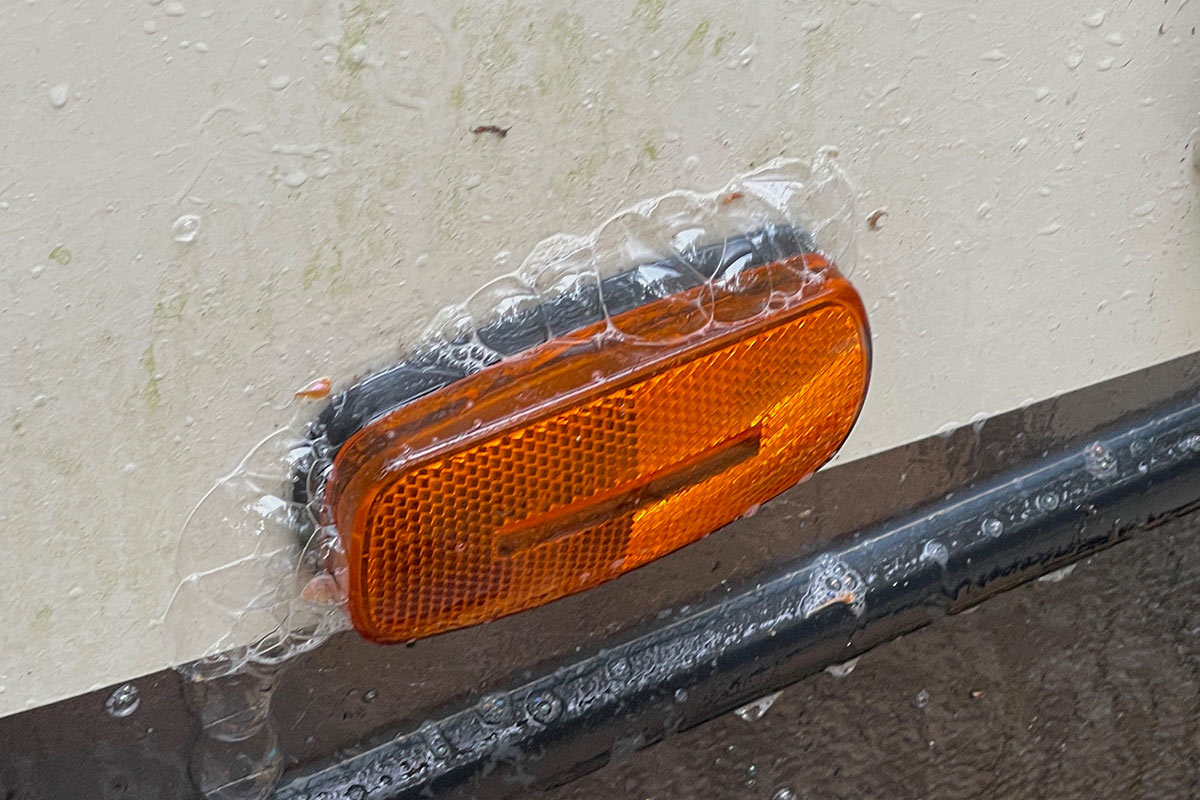
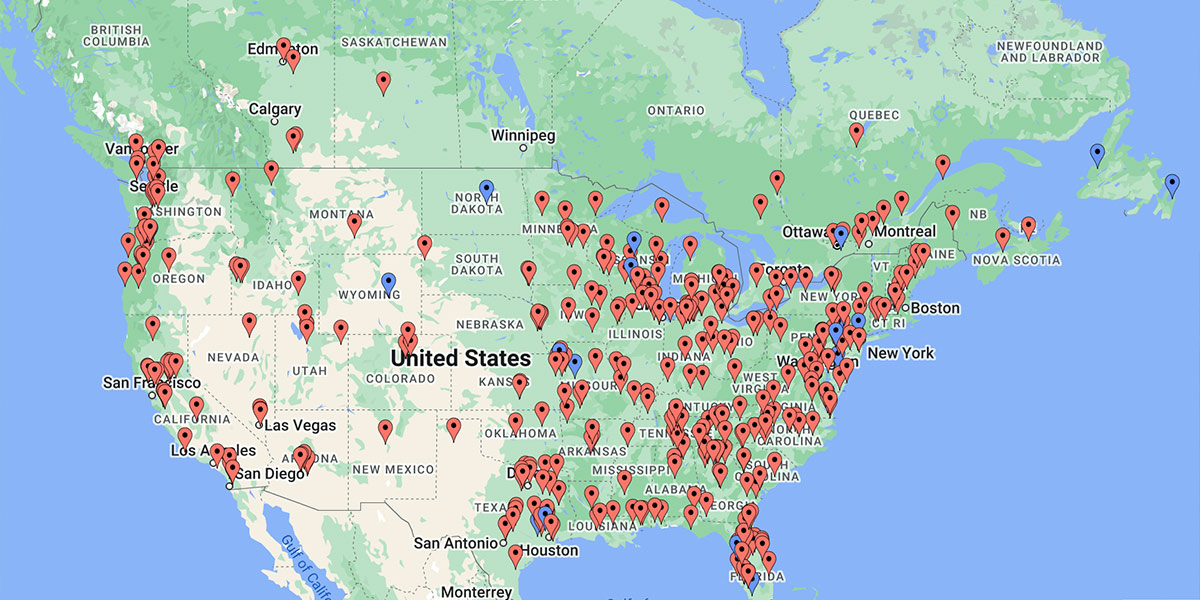
Already a Subscriber? Click here for Access to the Full Issues.

